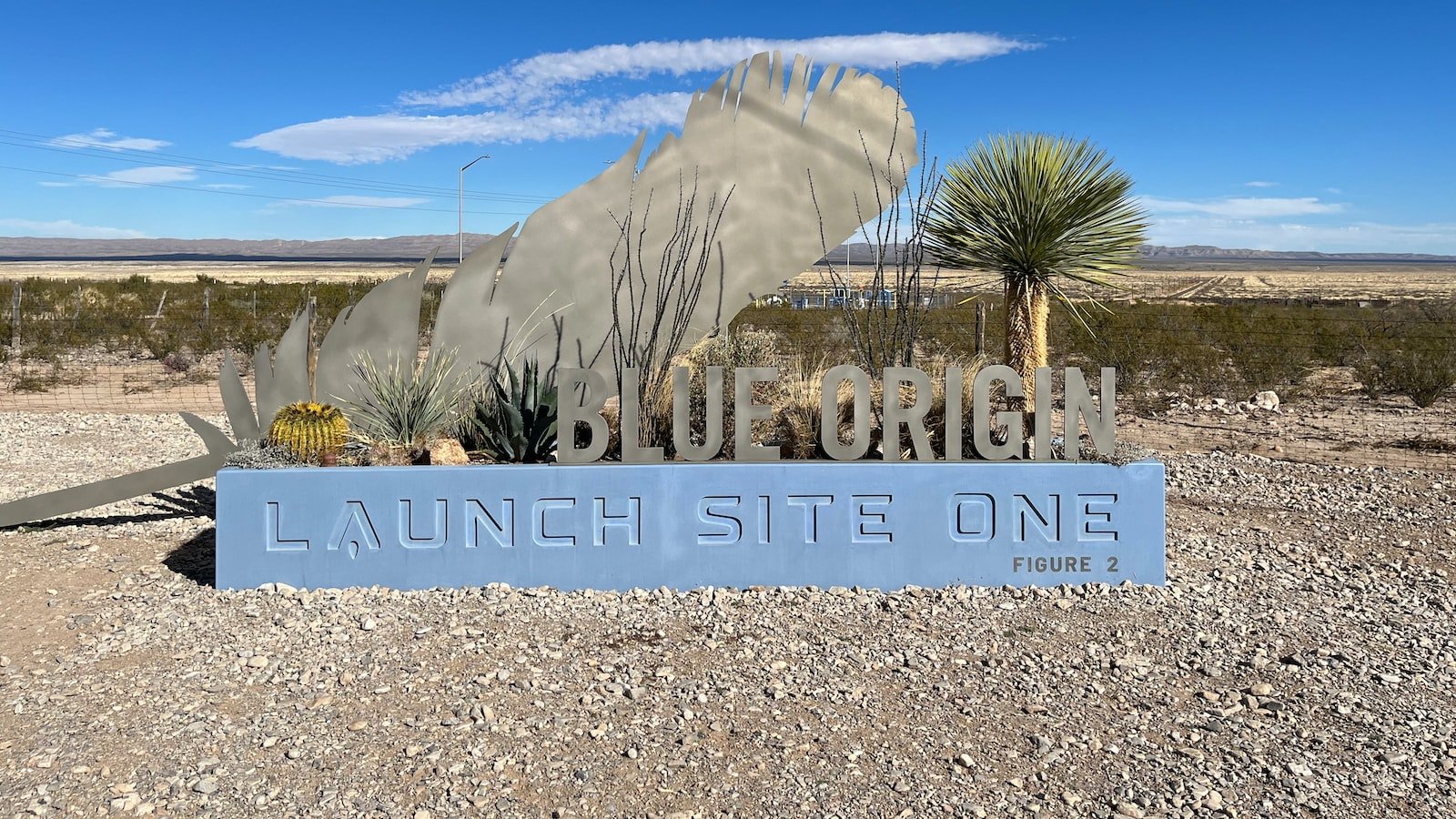Once upon a time, in the vast realm of the English language, an intriguing enigma was born – ‘The Bulge’. Yes, you heard it right – a peculiar phenomenon quite unlike any other. It arrived silently, weaving its way through our everyday conversations, perplexing English speakers one after another. From classrooms to boardrooms, from casual chit-chat to scholarly debates, no corner of the English-speaking world has been spared from this mysterious linguistic oddity. So, dear reader, sit back and prepare to unravel the secrets of this enigmatic ‘Bulge’ that has captured the curiosity of language enthusiasts worldwide. In this article, we shall delve into the depths of this peculiar phenomenon, exploring its origins, deciphering its meaning, and perhaps, finally resolving the riddle that has puzzled humanity for years.
Table of Contents
- What is ’The Bulge’ and Why is it So Puzzling to English Speakers?
- Exploring the Linguistic Origins and Cultural Significance of ‘The Bulge’
- Unveiling the Curious Linguistic Patterns of ‘The Bulge’
- Tips and Techniques to Mastering the Intricate Art of Using ‘The Bulge
- Q&A
- The Conclusion

What is ’The Bulge’ and Why is it So Puzzling to English Speakers?
When it comes to learning English, there’s no denying that ‘The Bulge’ poses a peculiar challenge for many language enthusiasts. So, what exactly is ‘The Bulge’ and why does it leave English speakers scratching their heads in confusion?
Well, ‘The Bulge’ refers to a grammatical phenomenon known as the irregular placement of stress in certain words. Unlike most languages where stress patterns adhere to consistent rules, English words often exhibit irregular patterns, leaving native and non-native speakers alike perplexed.
Picture this: an unsuspecting English learner encounters the word ‘reject’, assuming the first syllable should be stressed (re-JECT). However, they soon discover the truth as native speakers consistently emphasize the last syllable (re-JECT). This unpredictable shift in stress patterns within words is what makes ‘The Bulge’ so baffling to learners.
Now, you might be wondering why English has this seemingly illogical language quirk. Well, the roots of ‘The Bulge’ lie in the historical development of the English language, shaped by influences from various sources over centuries. Here are a few reasons why ‘The Bulge’ exists:
- Latin Influence: English has borrowed numerous words from Latin, where the stress often falls on the penultimate syllable. However, when these words were incorporated into English, their stress patterns were altered, leading to irregularities.
- Germanic Origins: English has Germanic roots, and some stress patterns in Old English still persist. Over time, as the language evolved, these patterns clashed with new stresses introduced through borrowing and changes in pronunciation.
- French Influence: After the Norman Conquest, French had a significant impact on English, introducing new vocabulary with its own stress patterns. When merging these words into English, the original stress often underwent adjustments, resulting in irregular stress placements.
So, next time you encounter ‘The Bulge’ while navigating the intricacies of the English language, remember that this puzzling quirk is a testament to the historical and linguistic influences that have shaped the language we know today.

Exploring the Linguistic Origins and Cultural Significance of ‘The Bulge’
The term ‘The Bulge’ has intrigued linguists and cultural enthusiasts for centuries, with its enigmatic origins and fascinating cultural significance. Delving deep into the linguistic origins of this phrase, historians have traced its lineage back to 17th-century Europe. Derived from the Dutch term “De Bult,” meaning ‘the hump’ or ‘the mass,’ ‘The Bulge’ found its way into English parlance as a colloquial expression, embodying an amorphous and imposing entity.
Culturally, ‘The Bulge’ has taken on various interpretations that reflect the diverse societies in which it permeates. It has become a symbol of tenacity and resilience, representing the triumph over adversity. In times of struggle, various communities have invoked ‘The Bulge’ to inspire camaraderie and unite against a common challenge. Its cultural significance extends beyond language and serves as a visual metaphor, reminding us of the power of collective will and determination.
An Evolutionary Journey:
Unraveling the complexities surrounding the origins of ‘The Bulge,’ experts have uncovered a rich tapestry of linguistic evolution. From its humble beginnings in the Netherlands, the term embarked on a linguistic odyssey across borders, adapting to the nuances of different tongues and cultural contexts. As it traversed boundaries, ‘The Bulge’ acquired an inherent universality, transcending language barriers and acquiring a distinct place in the collective consciousness.
Cultural Significance across Nations:
- In Belgium, ‘The Bulge’ is regarded as a historical landmark, referencing the famous World War II battle that shaped the course of history.
- In France, ’The Bulge’ has become synonymous with flamboyant fashion, where it represents the exaggerated curves and contours often found in haute couture.
- In the United States, on the other hand, ‘The Bulge’ conveys an air of playfulness, often associated with the protuberant belly that symbolizes abundance and good cheer during festive occasions.
These interpretations are a testament to the remarkable adaptability of ‘The Bulge,’ as it continues to evolve and embody the unique cultural identities it encounters. Whether used to encapsulate historic events, celebrate artistic expression, or evoke a sense of joy, ‘The Bulge’ remains an enduring linguistic and cultural phenomenon, steeped in mystery and ripe for exploration.

Unveiling the Curious Linguistic Patterns of ‘The Bulge’
Step into the mesmerizing world of language as we dig deep into the fascinating enigma known as ‘The Bulge.’ Embark on a linguistic journey like no other. This peculiar phrase, seemingly simple on the surface, conceals intricate patterns and hidden meanings that are sure to leave you captivated.
Delve into the intricate web of linguistic oddities that surround ‘The Bulge.’ Through extensive research and analysis, linguists have discovered a stunning array of quirks attached to this intriguing phrase. Prepare to be awestruck as we unravel the tangled threads one by one.
Unique Phonetic Patterns:
- The peculiar juxtaposition of consonant clusters in ‘The Bulge’ gives it a distinctive phonetic sound that tickles the ear.
- Experts have observed intriguing variations in the pronunciation of ‘The Bulge’ based on regional dialects, making it a true linguistic chameleon.
Curious Semantic Interpretations:
- The underlying meaning of ‘The Bulge’ varies from person to person, sparking a wave of interpretative theories that delve into philosophical depths.
- Contradictory connotations attached to ‘The Bulge’ have ignited debates among language enthusiasts, dissecting its potential metaphorical meanings.
Unveil the secrets and indulge your linguistic curiosity, as we embark on an illuminating quest to decipher ‘The Bulge,’ a phrase that continues to baffle and enthrall.

Tips and Techniques to Mastering the Intricate Art of Using ‘The Bulge
Whether you’re an experienced artist or just delving into the world of digital editing, mastering the intricate art of using “The Bulge” effect can add depth and dimension to your creations. This powerful tool allows you to manipulate specific areas of an image, giving them a subtle or dramatic bulging effect that can completely transform the overall appearance. To help you become a master of this technique, we’ve compiled some tips and tricks that will take your creations to the next level!
Experiment with Different Intensity Levels:
The beauty of “The Bulge” lies in its versatility. Play around with different intensity levels to achieve your desired effect. A slight bulge can be ideal for adding a touch of dimension to portraits, while a more pronounced bulge can create striking surreal art. Don’t be afraid to push the boundaries and explore the wide range of possibilities.
- Start with small increments and gradually increase the intensity
- Experiment with both positive and negative values for distinctive effects
- Combine the bulge effect with other tools for unique visual outcomes
Fine-tune with Precision:
To make your bulging effect seamless and polished, use the precision tools at your disposal. These small adjustments can make a world of difference:
- Feathering: Apply a feathering effect to smooth out the edges and create a more natural transition between the bulged area and its surroundings.
- Positioning: Experiment with different areas to bulge, as even a slight change in position can completely alter the visual impact of your composition.
- Layering: Stacking multiple bulge effects on separate layers allows you to control and fine-tune each individually, providing greater control and flexibility.
Key Takeaways
As we delve into the mysterious depths of language, we often stumble upon peculiar phenomena that leave us awe-inspired and bewildered. The enigmatic ‘bulge’ stands tall among these curiosities – a linguistic riddle that continues to perplex English speakers around the globe.
Like an elusive puzzle piece, the bulge taunts our understanding, daring us to unlock its secrets. Its presence in spoken English is elusive yet undeniable, making brief appearances at the most unpredictable of times. No grammar textbook can fully prepare us for the inevitable encounter with this linguistic enigma.
Is it a glitch in the matrix of language, or perhaps a whimsical quirk gifted to us by the mischievous gods of syntax? The bulge defies classification, refusing to align with the strict rules that govern the English language. It is a grammatical rebel, effortlessly breaking free from the shackles of structure.
To some, the bulge may sound like an innocent mistake, a slip of the tongue. Yet, upon closer inspection, we discover its inherent brilliance. It serves as a testament to the organic nature of language, evolving and adapting through the creativity of its speakers. The bulge dances on sentences, adding a unique cadence and rhythm, defying our expectations with its audacity.
And so, English speakers find themselves forever intrigued by this linguistic anomaly, its allure impossible to resist. We ponder its origins, speculate its purpose, and marvel at the sheer audacity of its existence. The bulge remains an enigma, inviting us to delve deeper into the labyrinth of language, reminding us that even in the realm of syntax, surprises await at every turn.
In the end, the enigmatic bulge challenges us to embrace the beauty of language in all its forms, for it is within its mysteries that the true magic lies. As we bid farewell to this particular peculiarity, we are left with a newfound appreciation for the intricate tapestry of words that we weave daily. With our curiosity piqued, we march forward, ready to unravel the next linguistic conundrum that awaits.










